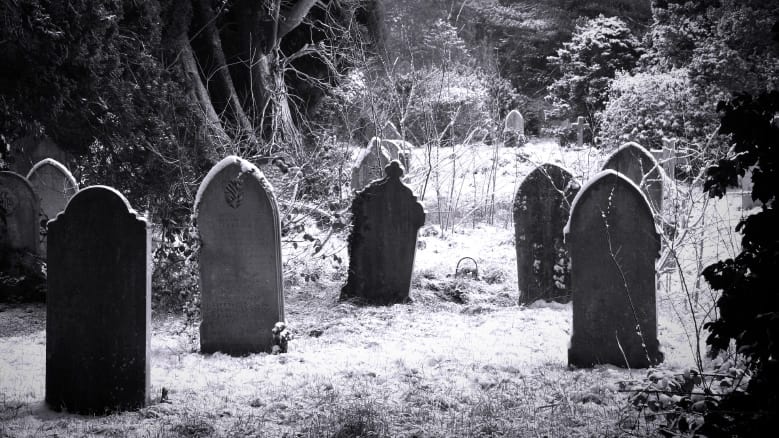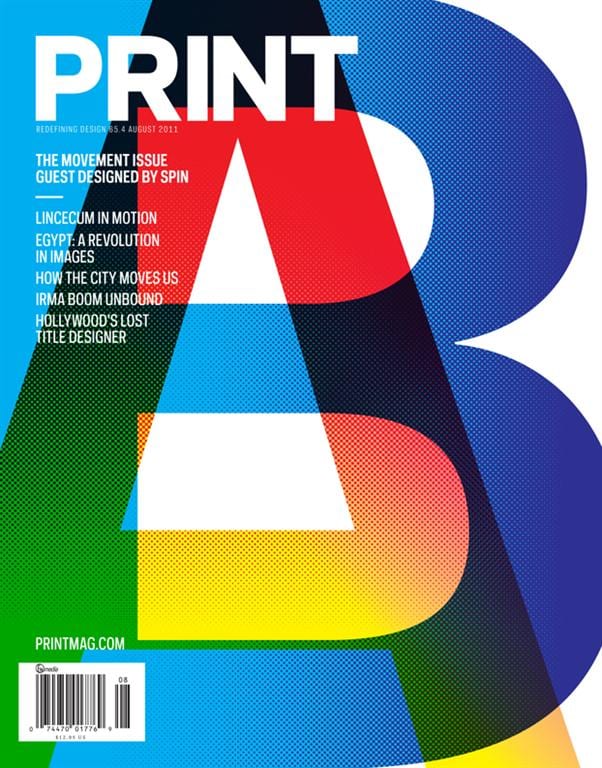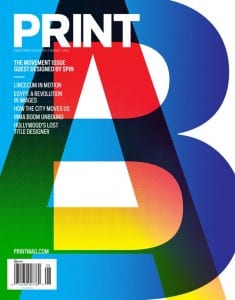 A few months ago I was interviewed by PRINT magazine on the topic of Political Campaign Design in the age of Obama called Ink on Plastic. It’s always fun to get national recognition, especially for what is considered a non-existent market for being a “conservative graphic designer” – a term you don’t usually hear in the design community because of its left-leaning majority. We work with right and left-wing business clients (we actually don’t even ask), because really, who cares? We are all Americans right? However, when it comes to political work, it’s all conservative issues and candidates.
A few months ago I was interviewed by PRINT magazine on the topic of Political Campaign Design in the age of Obama called Ink on Plastic. It’s always fun to get national recognition, especially for what is considered a non-existent market for being a “conservative graphic designer” – a term you don’t usually hear in the design community because of its left-leaning majority. We work with right and left-wing business clients (we actually don’t even ask), because really, who cares? We are all Americans right? However, when it comes to political work, it’s all conservative issues and candidates.
The left-leaning design majority was apparent when I was in College at the University of Wyoming. When most of my peers were wearing chains, sporting purple hair and idolizing Bill Clinton, I was showing up to class in a white shirt and tie (I was president of my fraternity and on the varsity swim team, so such an outward appearance was appropriate, if not the expectation) — It was I who stood out at the end of the day. It wasn’t my fault I grew up on a ranch in Northern Wyoming with a skill and talent in design. I am a 5th generation Republican, I don’t have a choice in these matters. Regardless of being a minority among my peers as a conservative designer – even in the Denver web and design market – I am thrilled to get the plug.
I do, however, want to reply to a couple of statements made in the article, “…it seems unlikely that in the near future, vernacular American political design will be transformed by abstract concepts like ‘narrative’ and ‘brand.'” As Callahan says, “It’s just putting ink on plastic.”
There is some truth to this, evident by the fact that of the thousands of people who run for elected office every year, many have neither the budget nor an understanding of the benefits of branding and design. But for those folks who do get it, and to challenge Callahan’s suggestion that candidates are only known for the look of their yard sign, I’m willing to bet that those with a better looking yard sign not only have a higher likelihood of getting elected, but most often do. So in the end, it’s really not just ink on plastic, now is it?
Below is an excerpt from the article written by Fritz Swanson.
Garrison Everest, of Denver, is a design firm that is struggling to bring state-level candidates around to the new realities of political design in the Obama age. When you Google “conservative political design,” Garrison Everest is the top hit.
Joshua Claflin is the president and creative director of
Garrison Everest, and after nine years in the business, he finds himself doing more and more comprehensive designs for political clients. A designer all his life, Claflin studied graphic design and marketing at the University of Wyoming. His firm typically works with local and state candidates but has also been brought in by national campaigns. Most recently, Garrison Everest was in talks to do work for Newt Gingrich’s 21st Century Contract with America initiative.
“The real story,” Claflin says, “is that the Obama campaign turned the political design industry upside down. Any candidate who is serious about winning has to take his approach. Politics is no different from business, and those same best practices need to be considered. Develop your brand, your narrative, and a creative platform.”
But this message has been hard to get out. Before Obama, very few political clients came in looking for help. And even post-2008, when Garrison Everest’s traffic tripled, it was still only working for a handful of actual clients: four regular ones right now, and only about ten total over the last three or four years
“Conservative Republicans are just starting to wake up to the power of design,” Claflin says. Even though many politicians come just for a yard sign, he sets out to show them that a strong web presence and an integrated design package (including a
WordPress-based content-management system, Facebook and Twitter accounts, and a business card and letterhead) are what every serious candidate needs these days. “If a candidate stands for something, they need to communicate it through all of their touch points,” Claflin says. He explains to prospective pols that they should have a typeface or an insignia. They need to do something that introduces the politician as a person, something that cuts through the clutter. They need to become a brand.
“The
brand has to stand for something, has to be unique, and has to tell a story,” Claflin says. “It is not enough to have a product and a service—you have to have more. There are ten to twenty of everything, including political candidates.”
For his conservative clients, he suggests a corporate color palette: dark blues and dark reds. “Nothing green, nothing pink,” he says. He steers them toward angles rather than curves. He prefers sans-serif typefaces, masculine forms. And he really likes the work. “The best part,” he says, “is seeing the exposure of the design in the public, especially when your candidate is elected.” Claflin’s satisfaction is sharpened by civic pride, a sense that he is helping to clarify and communicate issues of substance. “It’s more satisfying than working on, like, a regular lawn-mower service,” he says.
The key draw of political work for graphic designers, Claflin thinks, is inspiration: “These candidates are inspiring. It carries over into the design. When you talk to a candidate, you get excited by their stances and their values, and it is inspirational.”
Even though Claflin can make the case that clients need good design, and even though he has the insight and the passion to give conservatives a design ethos that is right for them, the political work is still only about 5 percent of his total business. The main reason Claflin can’t convert contacts into clients is budget. According to the Institute on Money in State Politics, the average total budget for a state-house race in Colorado is $36,334. The average price for one of Garrison Everest’s integrated design packages is between $5,000 and $8,000. “It’s very hard to find someone who will go all the way and really do it right,” Claflin says. “They are hesitant to make the investment.”
And it’s not just small, hand-to-mouth candidates. I asked him if he ever got the job designing Gingrich’s Contract with America. “No,” he said. “They just didn’t have the budget.”
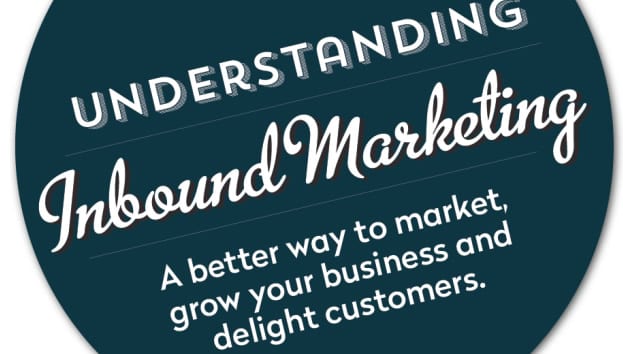
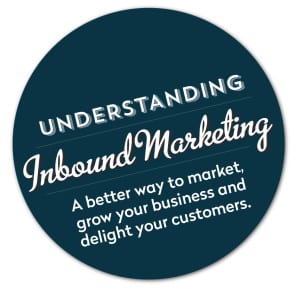 As a marketer or business owner you’ve most likely at one point purchased an ad in the yellow pages, local magazine, radio, tried direct mail or maybe even shot a 30 second spot. These forms of advertising commonly known as “push” marketing or “outbound” marketing has been the gold standard for advertising since the 1950s.
As a marketer or business owner you’ve most likely at one point purchased an ad in the yellow pages, local magazine, radio, tried direct mail or maybe even shot a 30 second spot. These forms of advertising commonly known as “push” marketing or “outbound” marketing has been the gold standard for advertising since the 1950s. 



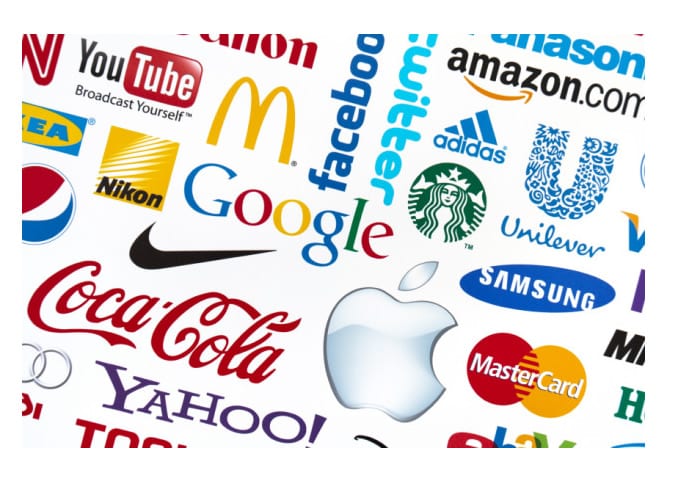
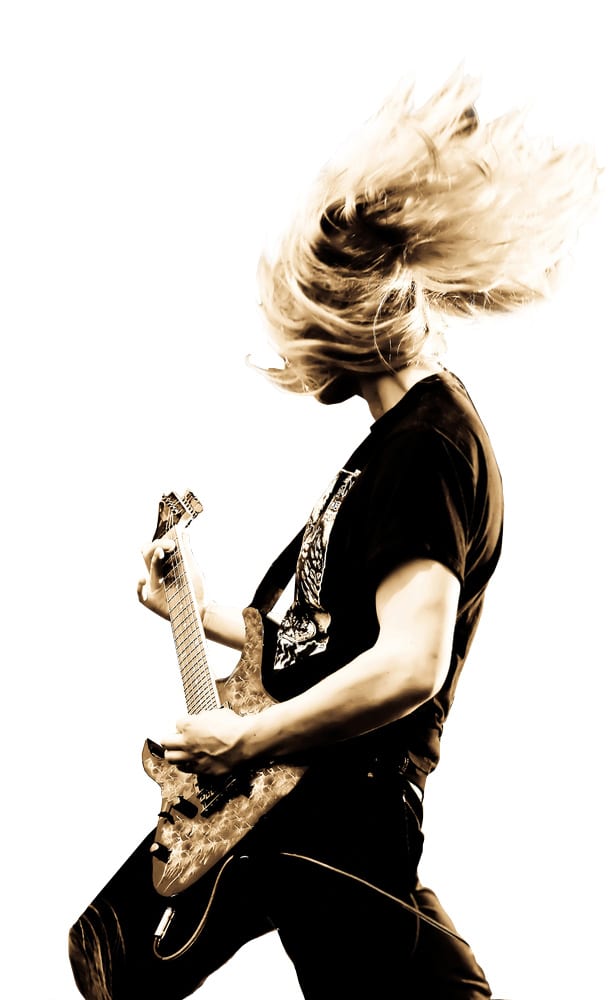


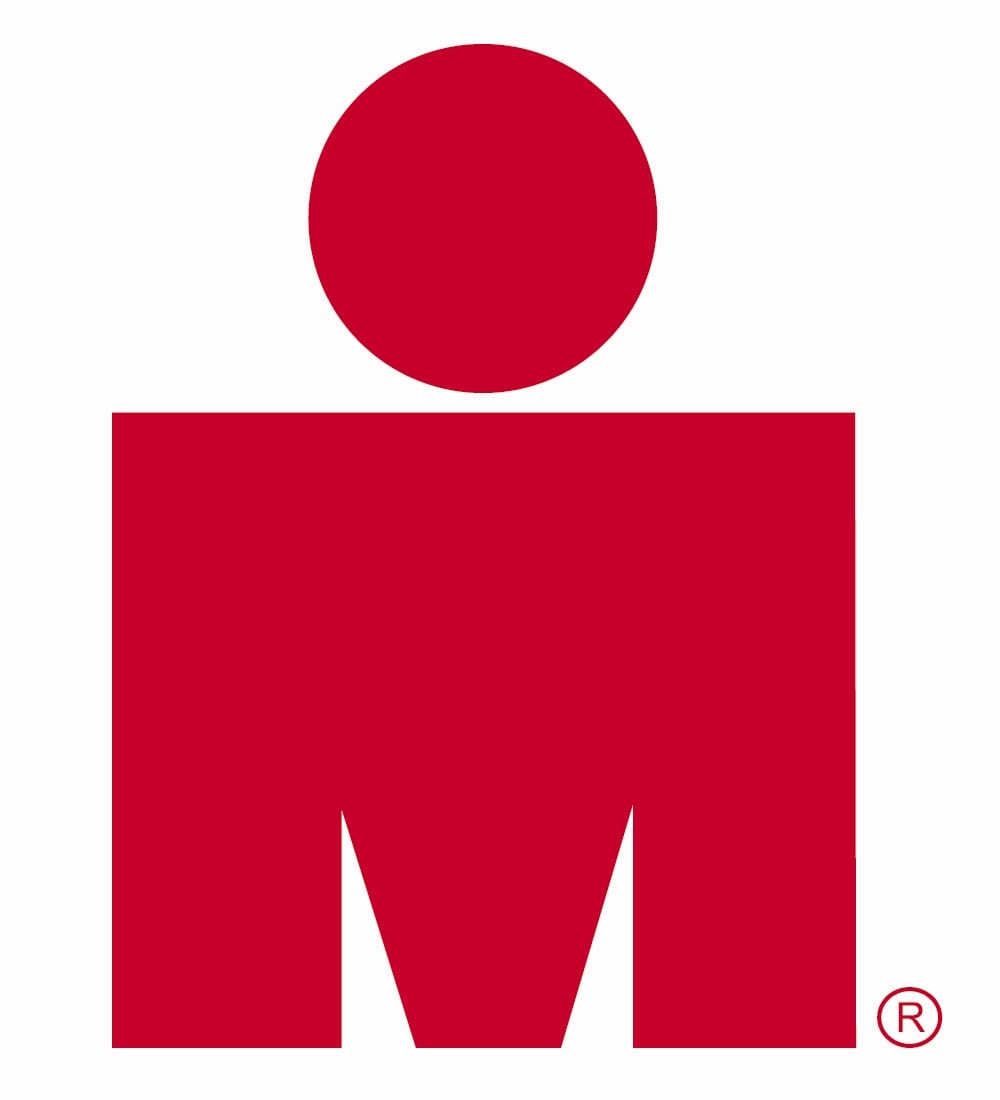
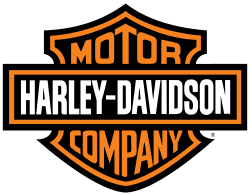
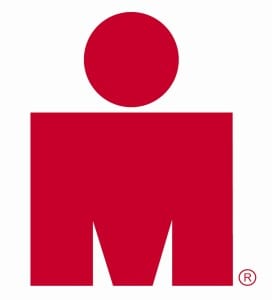 The second example of a company that does this well is
The second example of a company that does this well is 